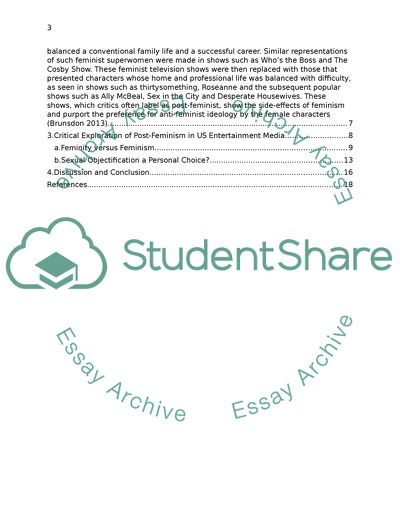Cite this document
(“Critically explore the term postfeminism in relation to any aspect of Essay”, n.d.)
Retrieved from https://studentshare.org/gender-sexual-studies/1671716-critically-explore-the-term-postfeminism-in-relation-to-any-aspect-of-contemporary-culture-in-a-national-context-of-your-choice
Retrieved from https://studentshare.org/gender-sexual-studies/1671716-critically-explore-the-term-postfeminism-in-relation-to-any-aspect-of-contemporary-culture-in-a-national-context-of-your-choice
(Critically Explore the Term Postfeminism in Relation to Any Aspect of Essay)
https://studentshare.org/gender-sexual-studies/1671716-critically-explore-the-term-postfeminism-in-relation-to-any-aspect-of-contemporary-culture-in-a-national-context-of-your-choice.
https://studentshare.org/gender-sexual-studies/1671716-critically-explore-the-term-postfeminism-in-relation-to-any-aspect-of-contemporary-culture-in-a-national-context-of-your-choice.
“Critically Explore the Term Postfeminism in Relation to Any Aspect of Essay”, n.d. https://studentshare.org/gender-sexual-studies/1671716-critically-explore-the-term-postfeminism-in-relation-to-any-aspect-of-contemporary-culture-in-a-national-context-of-your-choice.


